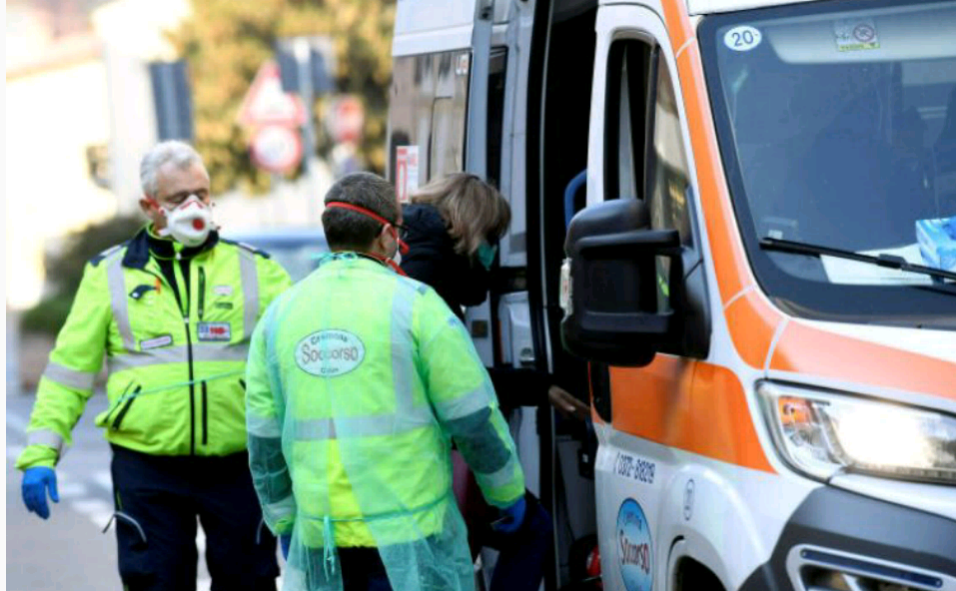
The Italian government has announced a new set of anti-coronavirus measures on Wednesday, including a countrywide curfew and tighter rules for regions with high infection rates.
A decree signed by Prime Minister Giuseppe Conte stated that the provisions applied from Nov. 5 until Dec. 3.
Alongside a 10 p.m. to 5 a.m. curfew, new nationwide restrictions include the closing of museums, online lessons for high school and university students and reduced passenger numbers on public transport.
However, the decree foresees additional steps for regions marked “orange” and “red,” where the risk of infection is higher.
In “orange” regions, bars and restaurants will be closed.
Also, people will not be allowed to enter or leave “orange” zones, or travel between cities that are in “orange” areas, although exceptions would be made for work, among other reasons.
And in “red” regions, in addition to those measures, shops are to close aside from those selling food, medicine and other essentials.
Remote learning is to be extended to include the two grades before high school.
Red-category restrictions have been described as a form of “lockdown light,” as they are not as strict as the regime enforced across Italy during the pandemic’s first wave.
The government has not yet stated which regions would be designated “orange” and “red” but this is determined by a range of public health parameters.
However, Lombardy and Piedmont, in the industrialised north, were both widely expected to be designated “red” as indicators have reached critical levels.
Case numbers escalated during the past month, with daily infection figures reaching a record of nearly 32,000 on Sunday.
The figure fell slightly to 28,244 on Tuesday.
NAN












